When the Los Angeles Museum of the Holocaust officially opens in its new home in Pan Pacific Park on Oct. 14, it won’t just be moving to a bigger, more prominent and more easily accessible building. It will be moving into the 21st century.
The building, located adjacent to the park’s Holocaust Memorial Monument, took seven years to usher from plan to reality and will end up costing somewhere between $18 million and $20 million. It more than doubles the exhibition space available in the museum’s former Wilshire Boulevard home, with a daring new structure of concrete and glass, much of it underground, and exhibits filled with interactive new technology, including audio and video materials scattered throughout.
But even with a new audio guide and touch-screen displays, the Holocaust museum’s leaders have been careful to keep the focus on artifacts from the permanent collection, which will fill the bulk of the public spaces.
“Our museum is supposed to be about the artifacts, the images, the documents, the evidence,” E. Randol Schoenberg, the museum’s president, said. The overwhelming majority of visitors — around 80 percent — are expected to be middle- and high-school students, who are required under California state law to study the Holocaust in school. Schoenberg said he hopes students who visit the museum will leave saying, “ ‘I saw these things with my own eyes.’ ”
The museum traces its roots back to 1961, when a group of Holocaust survivors, enrolled in an English class at Hollywood High School, decided to create a place where they could archive Holocaust history. Of those founders, only Masha Loen, 80, is still living.
“When Elie Wiesel came to visit our museum the first time,” Loen said, recalling the Nobel laureate’s visit in 1980, “he called it a little jewel.” At the time, the museum was housed on the 12th floor of the Jewish Federation building. “That was the first [Holocaust] museum in the United States,” Loen said.
The museum has moved at least four times — it was forced out of the Federation building after the 1994 Northridge earthquake — but the new building marks the first time it will have a home of its own. Designed by Los Angeles-based architect Hagy Belzberg, the 27,000-square-foot structure could scarcely be more different from the most recent location, which was on the ground floor of a nondescript office building.
However, some elements of the new installation will be familiar to patrons of the museum’s earlier home. The signature holdings — a concentration camp uniform, a partial replica of a boxcar, a model of the Sobibor death camp — still will have prominent displays. And the museum’s narrative of the Holocaust will remain chronological. Visitors will start by witnessing photos and objects from Jewish life in Europe before the war; then make their way through the unfathomably tragic history of ghettos, deportations, selections and death camps; and, finally, learn about resistance, rescue and life after the Holocaust.
New media, new spaces and new acquisitions are likely to enhance the experience of history for the 40,000 visitors the museum hopes to bring through its doors in its first year. (In its last year on Wilshire, the museum had about 10,000 visitors.) For example, the first room, with the theme “The World That Was,” is dominated by the “Memory Pool,” with a tabletop computer that screens digital photographs of prewar Jewish life in Europe.
Some 25,000 photographs will bubble up to the table’s surface, courtesy of Centropa, a Vienna- and Budapest-based NGO that uses advanced technologies to preserve and disseminate Jewish memory in Europe. The museum’s designers are counting on partnerships like this one to complement the artifacts on display — some 200, Schoenberg said, from the museum’s total collection of about 1,000.
The most powerful experiences, however, will likely come through the resonance of ordinary objects saved and preserved from the time. “Primary artifacts have so much power; there is, quite possibly, no better way for posterity to tell the story,” Executive Director Mark Rothman said. The museum hopes to borrow shoes, eyeglasses and other items from the Auschwitz-Birkenau State Museum in Poland.
It will also showcase a Blüthner piano that belonged to Alfred Sendrey, a Jewish conductor born in Budapest who achieved renown worldwide in the early 20th century. He led the Radio Berlin Orchestra and the Radio Leipzig Orchestra when the Nazis came to power.
When Sendrey left Germany, the 6-foot-4-inch-long grand piano stayed behind.
“He thought he’d never see his Blüthner again,” said Helga Kasimoff, who owns and operates the Kasimoff-Blüthner Piano Co. on North Larchmont Boulevard in Los Angeles, the oldest purveyor of the German pianos in the United States. But before the war, Kasimoff said, “Blüthner contacted all their Jewish customers and said that if they wanted to leave [Germany], [the Blüthner family] could be helpful picking [their piano] up, putting it in a crate and shipping it to a new address.”
After spending the war years in Paris and New York, Sendrey arrived in Los Angeles. Shortly after his arrival, Kasimoff said, “He got notice from San Pedro that his Blüthner had arrived.” The Blüthner family itself paid to transport the instrument from Europe.
Sendrey went on to become music director at Sinai Temple and taught Jewish music at what was then called the University of Judaism, and now Kasimoff and her son, Kyril, have loaned his beloved piano to another Los Angeles Jewish institution.
Perhaps no object in the museum will attract as much attention as the building itself already has. Rothman remembered that, early on, the plans for the museum faced “very significant opposition, particularly from people in and around the Pan Pacific Park area. There was a certain amount of fear that a public park was being turned into a commercial project,” he said.
“There was some concern from the community, as there is any time you’re talking about park space,” said Los Angeles City Councilman Tom LaBonge, whose district includes the park and new museum site. But the solution, LaBonge said, was architectural. “The architect is a saint. He created the right facility to match the contour of the park and to be able to tell the story of the Holocaust,” LaBonge said of Belzberg. In 2008, LaBonge and his fellow council members unanimously voted to approve a $1-per-year lease for the museum, for 50 years.
Architect Belzberg said he “felt his responsibility was not just to the existing monument, but to the entire park.” The building, as he designed it, is mostly underground. “We didn’t want to create a destinational building,” Belzberg said. The goal was to create a building that would attract people already in the park, people who might not have come there intending to step foot into a Holocaust museum. Which is why, Belzberg said, “There’s no Jewish identification to the building itself. The patterns on the building are really an extension of the pathways of the park.”
The pathways lead up to the roof of the building, which is publicly accessible, covered with 18 inches of soil and planted with grass and other greenery. “You get a real extension of the park,” Belzberg said. The building also gets the environmental benefits of a green roof, including natural insulation from both heat and sound, and the museum is hoping to achieve LEED Gold certification for its environmentally friendly design.
Loen, the last living founder, said she has not visited the museum since two years ago. “At that time, I could still walk. I was lecturing, believe it or not,” Loen said. She hopes to attend the museum’s opening, though, and said that Schoenberg is hoping to see her in October as well.
“He left a message for me,” Loen said. “He said, ‘Tell Masha she has to get well. She has to be at the opening.’ “






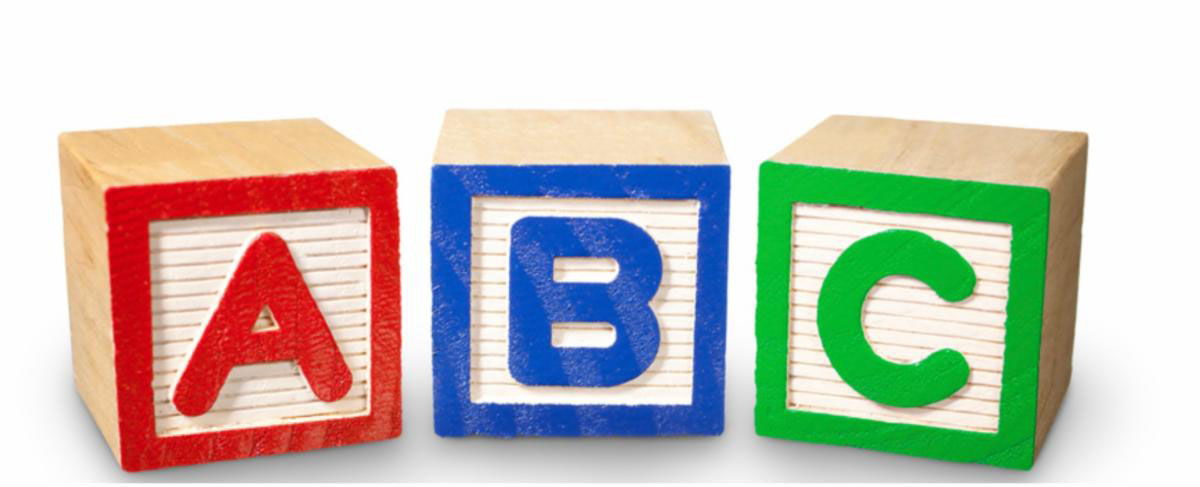
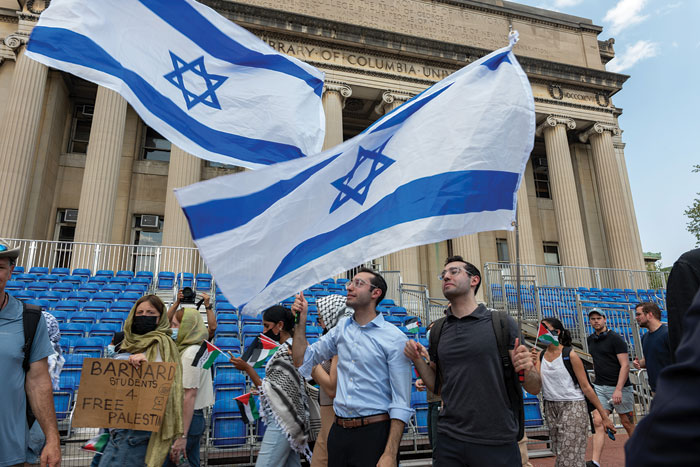

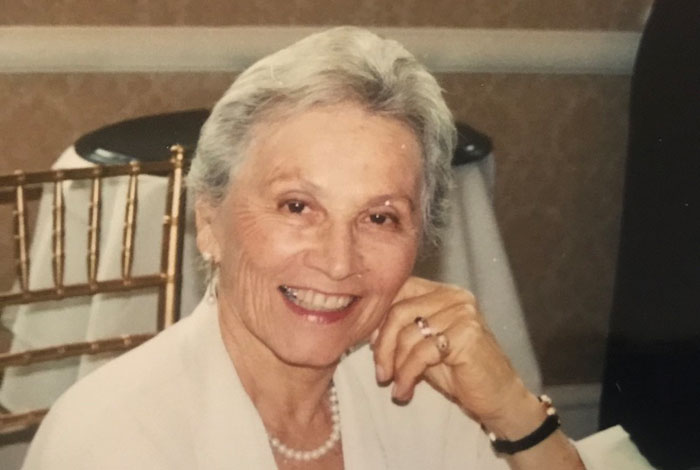
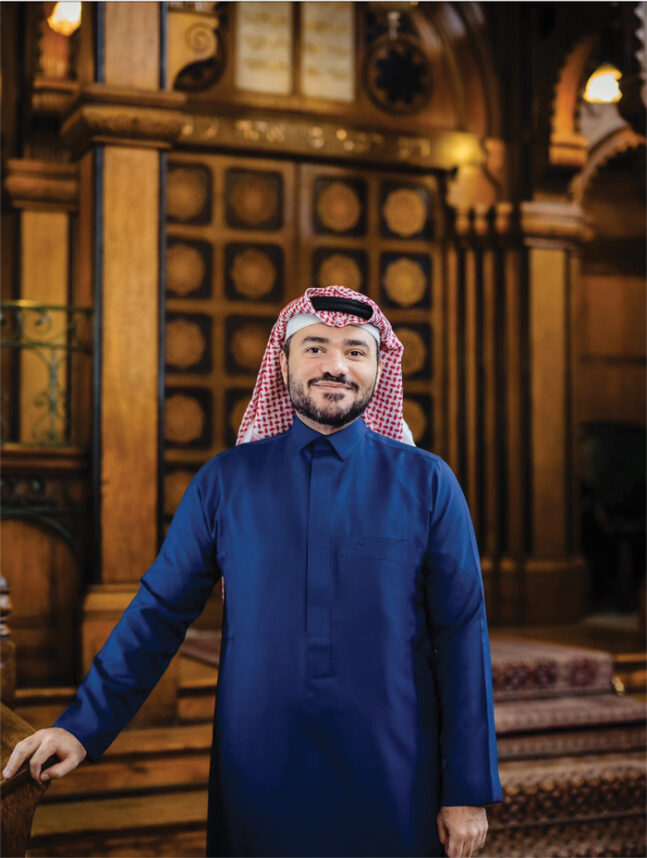
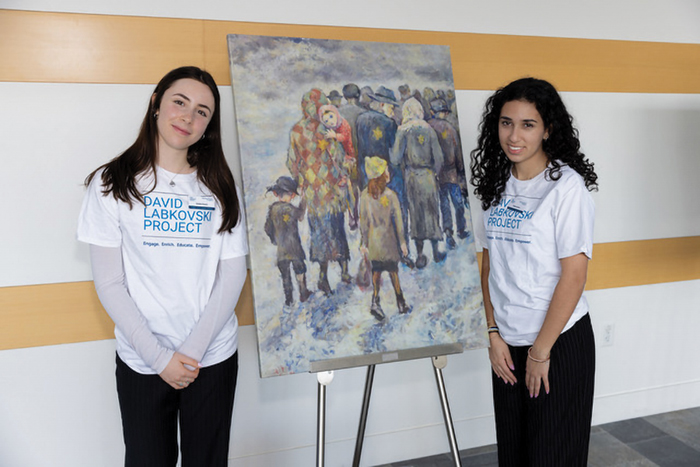



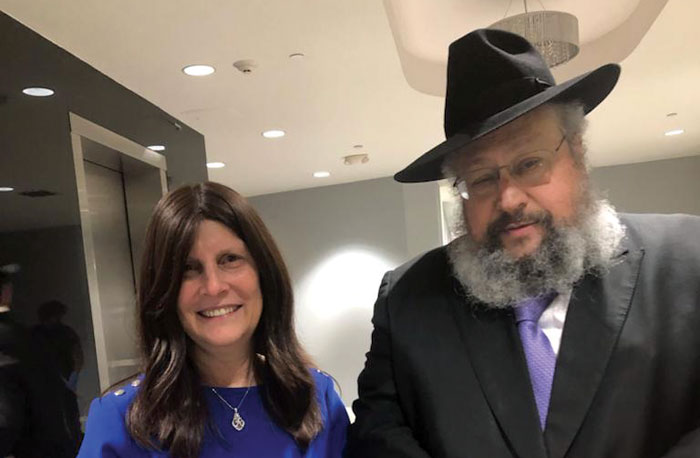
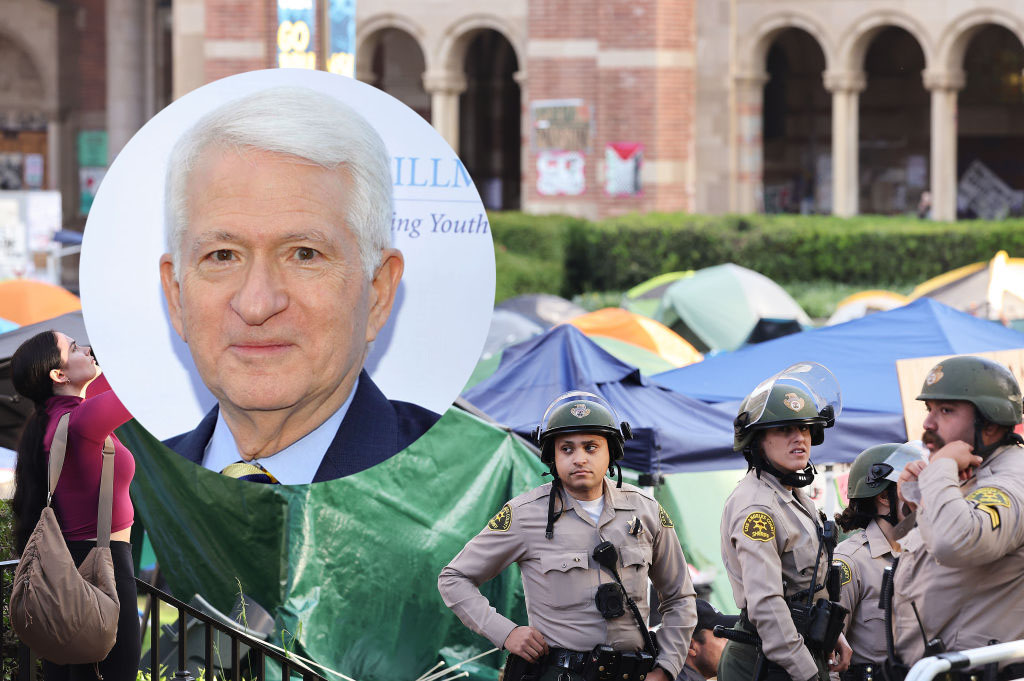





 More news and opinions than at a Shabbat dinner, right in your inbox.
More news and opinions than at a Shabbat dinner, right in your inbox.